What is a snug? Our guide to the cosiest room in the house and how to create one
Exactly what is a snug? We take a look at the ins and outs of a room that many of us have heard of but may have been left wondering how to create at home
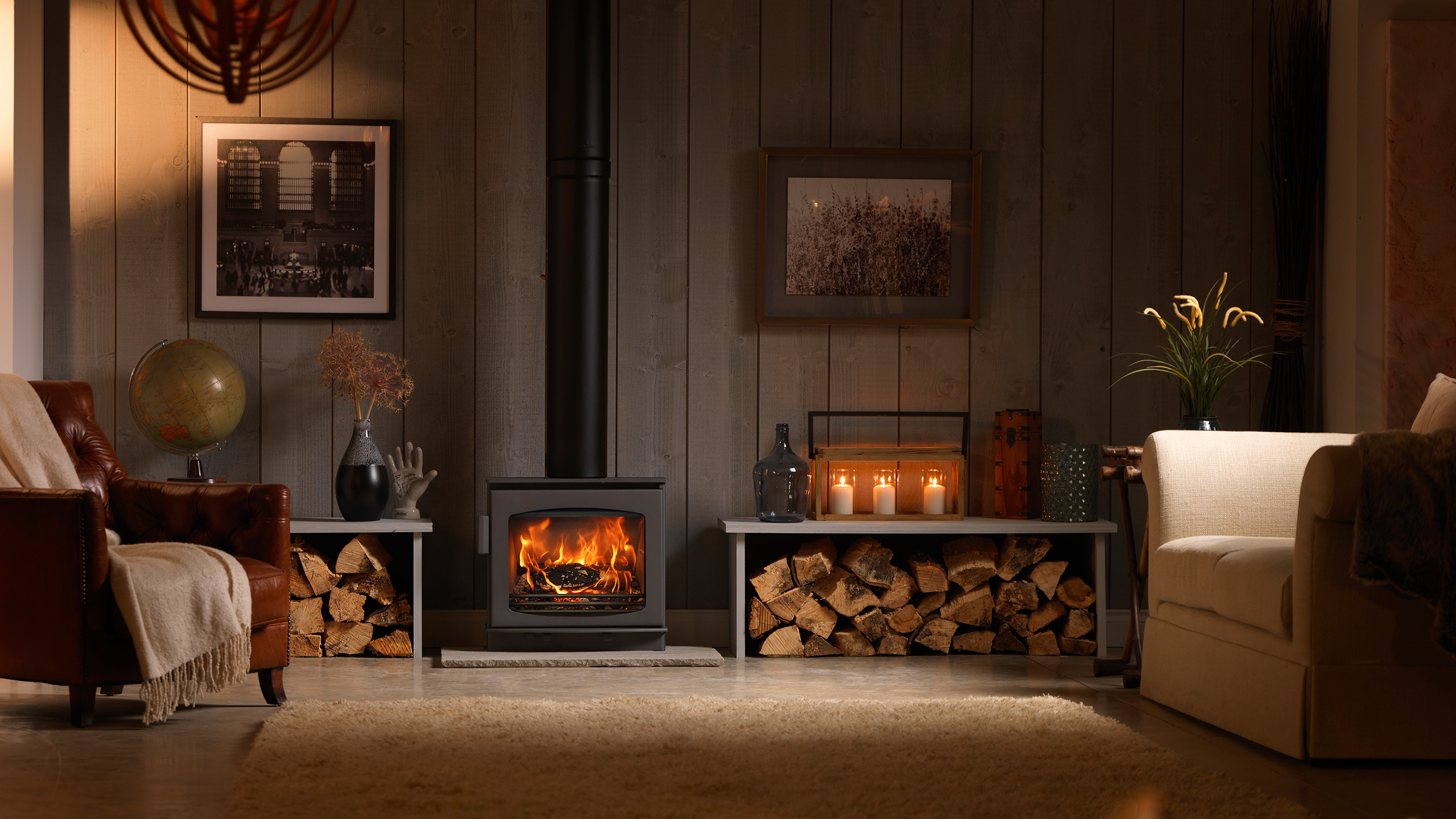
What is a snug? It is a term being seen more and more often in the world of homes and interiors and if you love the idea of a space dedicated entirely to relaxation and comfort, then it could be just the thing you have been after.
In the same way that modern living room ideas need careful planning to work, the design of a snug also needs to be properly thought out, from the way it will be lit to the colours used to decorate the walls and in soft furnishings.
As the name suggests, a snug is somewhere designed for snuggling up, getting cosy and kicking back, either alone or with friends and family. Snugs should look and feel warm, be filled with furnishings and items that foster feelings of peace and work hard to help their occupants switch off.
Here, we take a deeper look at snug design and explain simple ways to create one.
What is a snug? Design considerations
A snug is a room that should be small, cosy and somewhere to go to relax, nestle down and forget any stresses the day may have thrown at you. They've grown ever more popular, particularly in open-plan homes, acting as a place to shut the doors and kick and back and relax.
Everyone has a different idea of what they want from a snug. Aside from the obvious, which, like small living room ideas tends to be somewhere to relax and retreat, there are several other things to consider when coming up with a plan for this new room.
Bear in mind that snugs often need to be flexible spaces too — perhaps you want to incorporate some home office ideas, or need your snug to be somewhere for the children to play during the day, or for teenagers to hang out with friends, before morphing into restorative rooms for adults to retreat to at the end of a hectic day.
Bring your dream home to life with expert advice, how to guides and design inspiration. Sign up for our newsletter and get two free tickets to a Homebuilding & Renovating Show near you.
Think carefully about who will be using the space and what must-have items you will need to accommodate here in order for the room to deliver everything you desire.
Ask yourself:
- Who will be using the space? Children, adults or both?
- What will you want to do here? Watch TV, read, play games, nap, work?
- How much space can you dedicate to the room? Snugs benefit from being more on the compact size.
- Will the room have any other purpose? Might you need to use it as a guest room or home office from time to time, for example?
Once you've answered these key questions, then when it comes to designing a snug, there are five main factors to take into consideration. Your main areas of consideration should be:
- Lighting
- Furnishings
- Paint colours
- Proportions of the room
- Focal points
Getting these right are key to the success of a snug and will ensure you can get the very most out of the room. Here, we'll provide our top tips for doing just that.
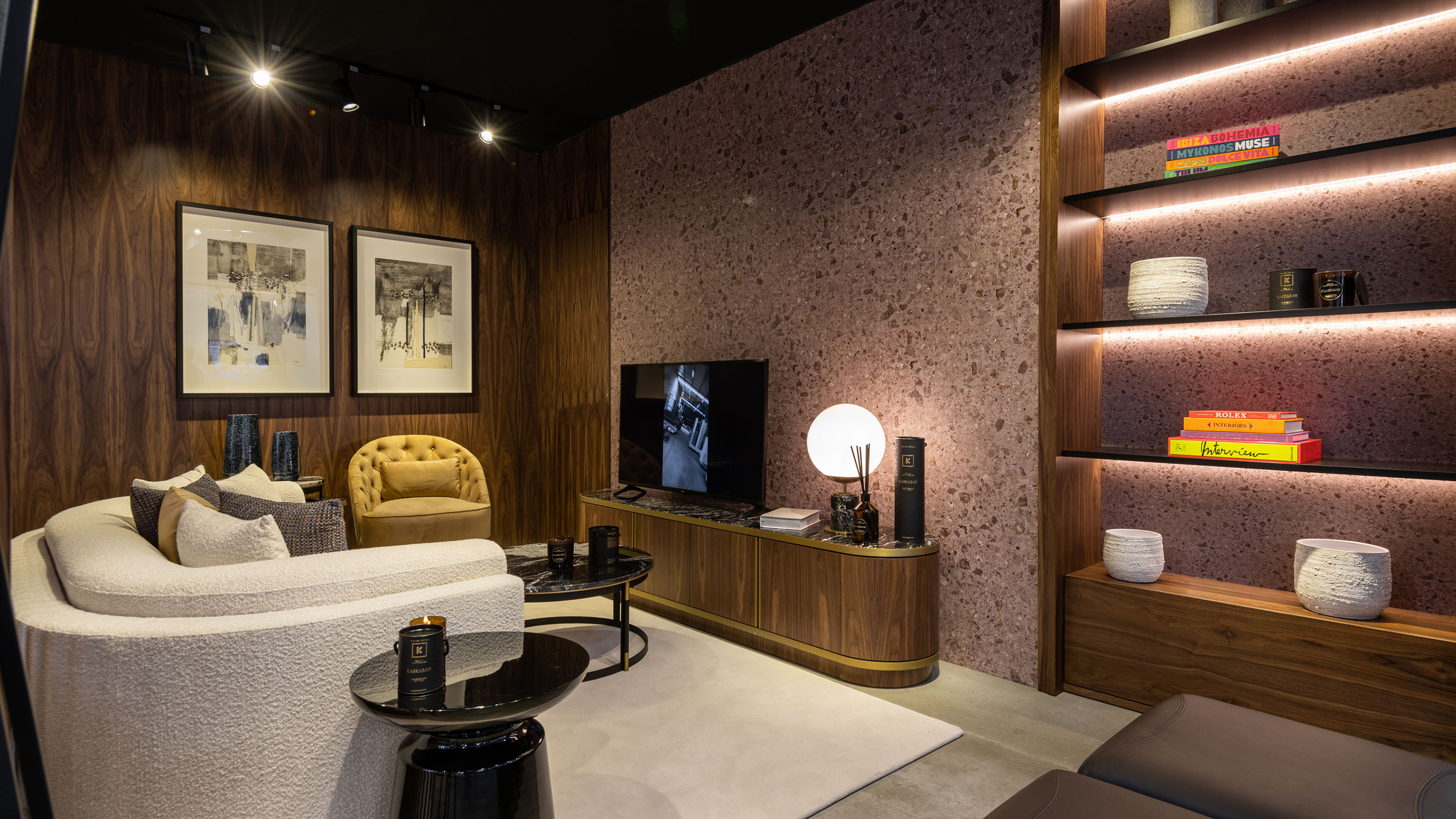
1. A good lighting scheme is essential in a snug
The right lighting can make or break the success of a snug. Lighting plays a huge role in how a room feels, as well as how it can be used.
The last thing you want in a snug is bright, glaring overhead lights and in many ways snug lighting should be considered in the same way as your living room lighting ideas.
You should choose light sources that will make the space feel cosy and welcoming and take into consideration any tasks that you will be wanting to carry out in the room — such as reading or playing board games.
Table and floor lamps, wall washers, hidden LED strip lights fixed to shelving, an opulent chandelier and even strings of fairy lights are all brilliant options. Make sure that your lights are set on dimmers so that you can change the mood of the space as required.
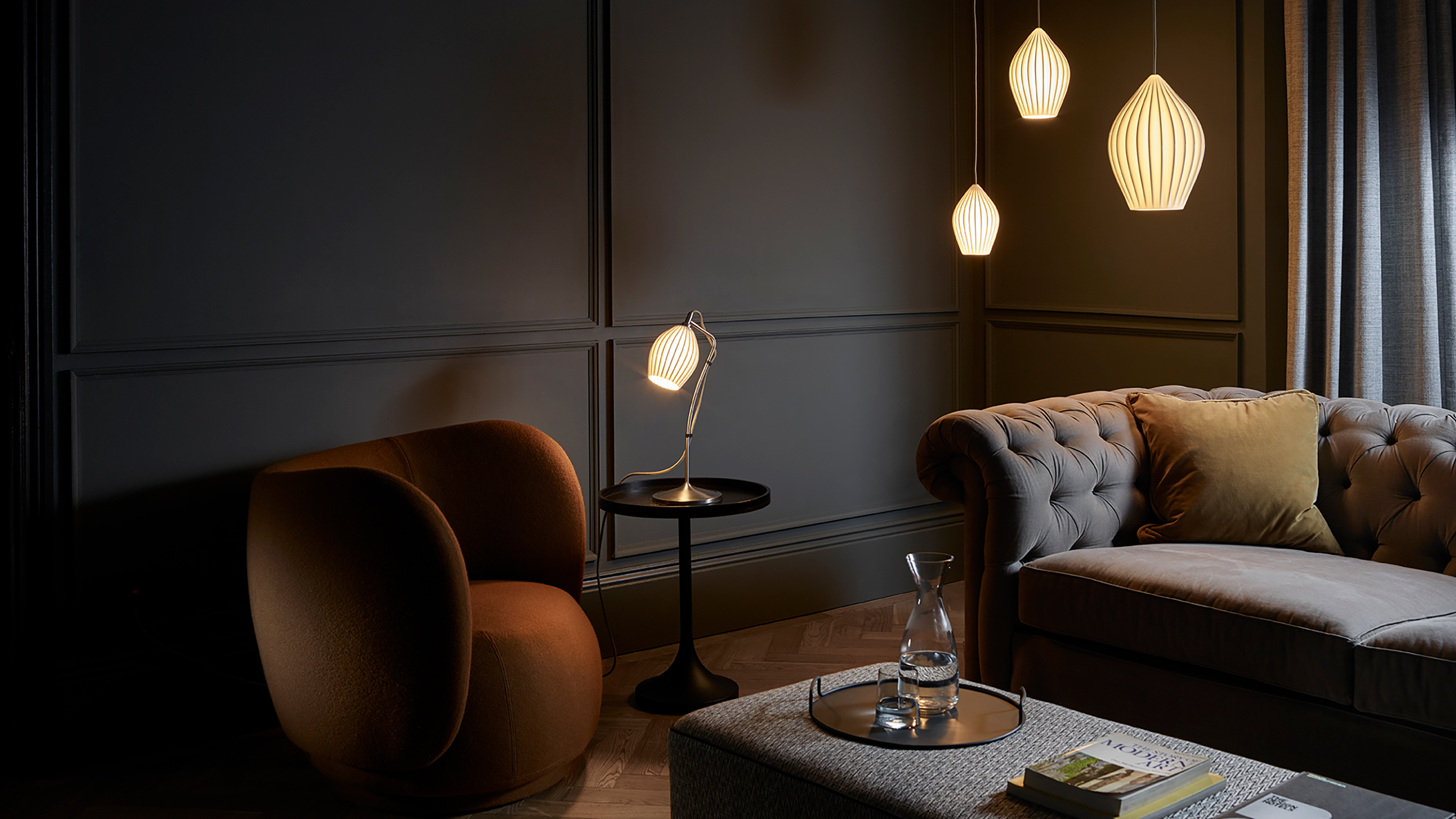
2. Opt for comfort when choosing the snug furniture
It should go without saying that comfort is of the utmost importance in a snug and as such you need to be smart with your furniture choices. Sofas and armchairs in tactile fabrics and plenty of squashy cushions are must-haves — somewhere to put your feet up, such as a footstool or ottoman wouldn't hurt either.
As snugs are usually quite compact spaces, consider furniture that is designed to bring people closer together, such as 'snuggler' sofas — designed to only just fit two people or to allow one to really lounge in style.
When it comes to the types of flooring you consider, bear in mind that it is nice to have something soft underfoot in a snug so even if you have your heart set on a hard flooring material, pop a thick rug down too.

3. Give snug paint colour ideas consideration
The paint colours you choose for your snug need to be calming and restful shades, although, just as with your living room painting ideas, they should also take into account how much natural light the space gets during the day, along with its proportions.
Although darker colours, such as moody blues, forest greens, charcoal and chocolate brown will certainly have a lovely cocooning effect in a snug – and can look stunning when lit well – they are not for everyone.
If you will be using your snug a lot in the daytime and would prefer a serene, fresh space, you might like to consider some airier, lighter hues. In this case, powdery pinks, shades of putty and soft neutrals will all work well.
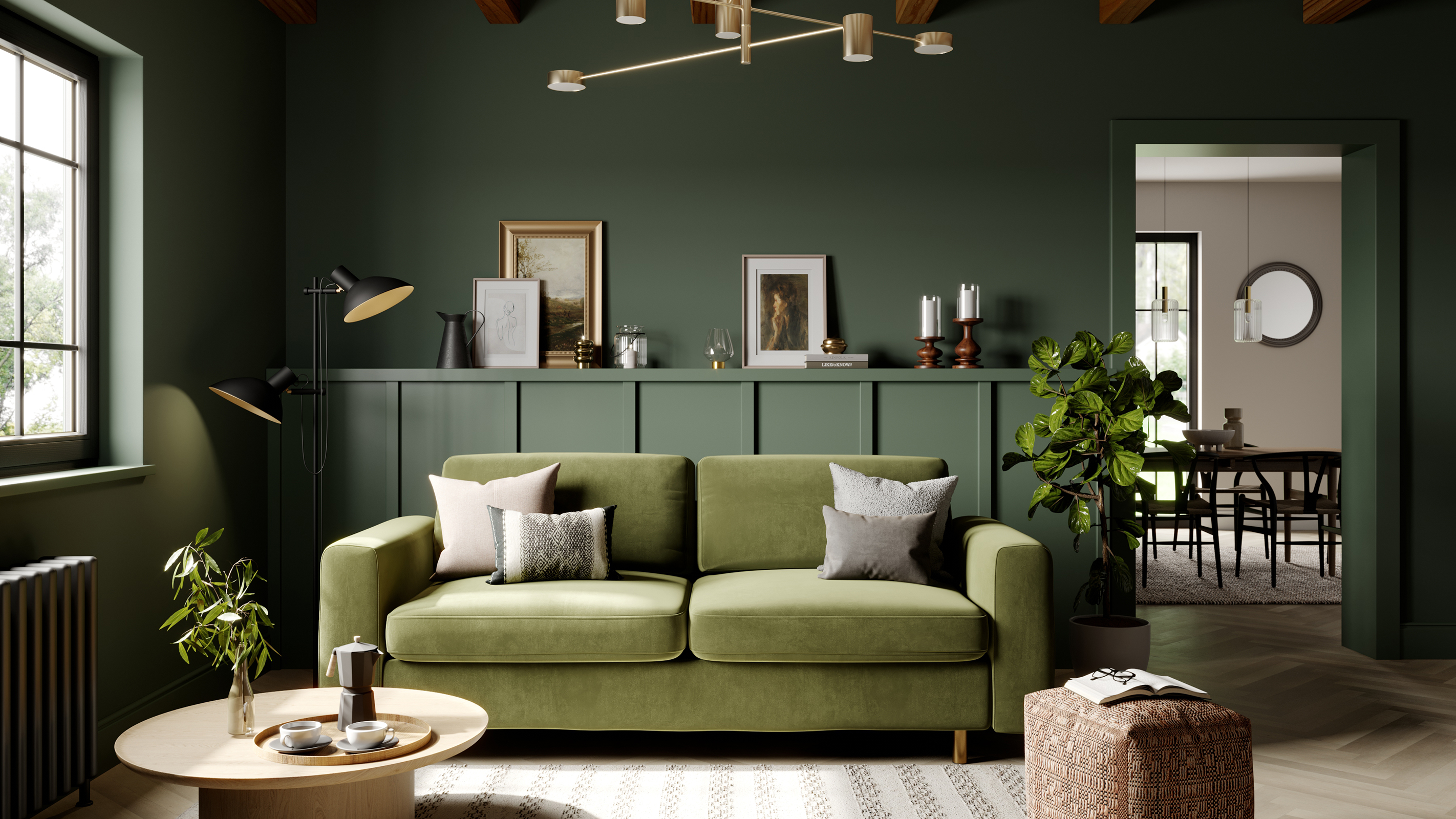
4. Consider the size of your snug carefully
In order to feel cosy, a snug should not be too big — a vast space with soaring ceilings is just not conducive to feelings of intimacy and retreat.
While this is good news for anyone short on space in their home, it also means getting creative with storage and using every inch of the room wisely.
Consider furniture with built-in storage, such as ottoman sofas or window seats which lift up. Wall shelving or fireplace alcove ideas will not only add interest, but will also keep the floor free, while corner furniture can often mean you get the most seating from your space.
When it comes to the location of your snug, aim to place it away from any very noisy rooms, such as the utility or kitchen — or, failing that, invest in some good soundproofing and noise control for the room.
On that note, bear in mind that a snug doesn't have to be located in your house — many people opt to locate their relaxation space in a garden room or summer house instead.
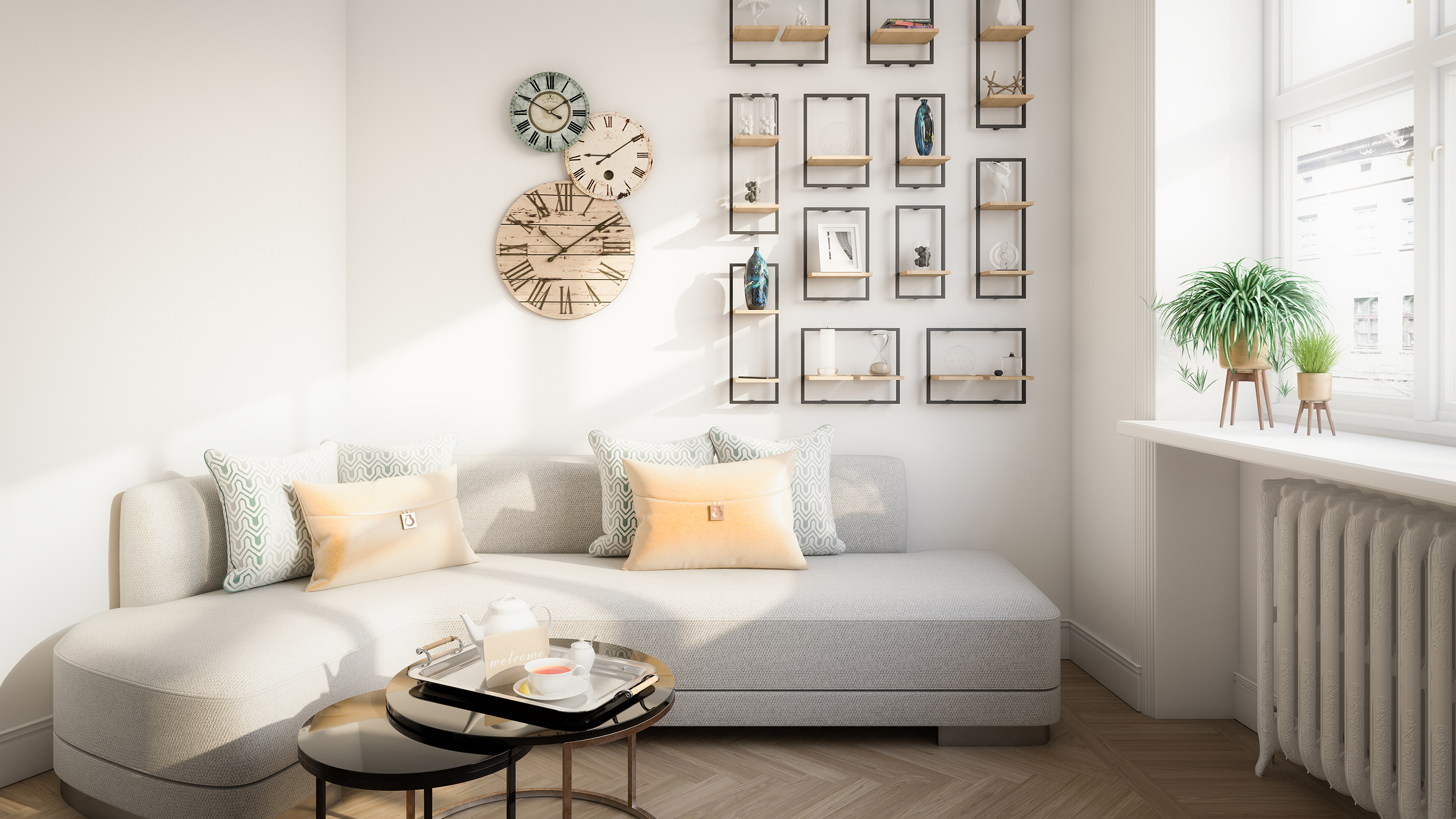
5. Give your snug a warming focal point
Just as living rooms will really benefit from a point of interest, so too will a snug.
The reason for this is that rooms tend to feel far more comfortable and welcoming if there is a focal point to arrange furniture around or towards. One of the best ways to create a focal point is to use fireplace ideas — and flickering flames and glowing embers will really enhance the cosy, snuggling feelings of any room.
Although fireplaces are obvious focal points, there are other methods you can use instead — architectural features, artwork and even huge mirrors can all work. Alternatively, if you have a great view of outdoors from your snug, a large window framing that view can become you focal point.
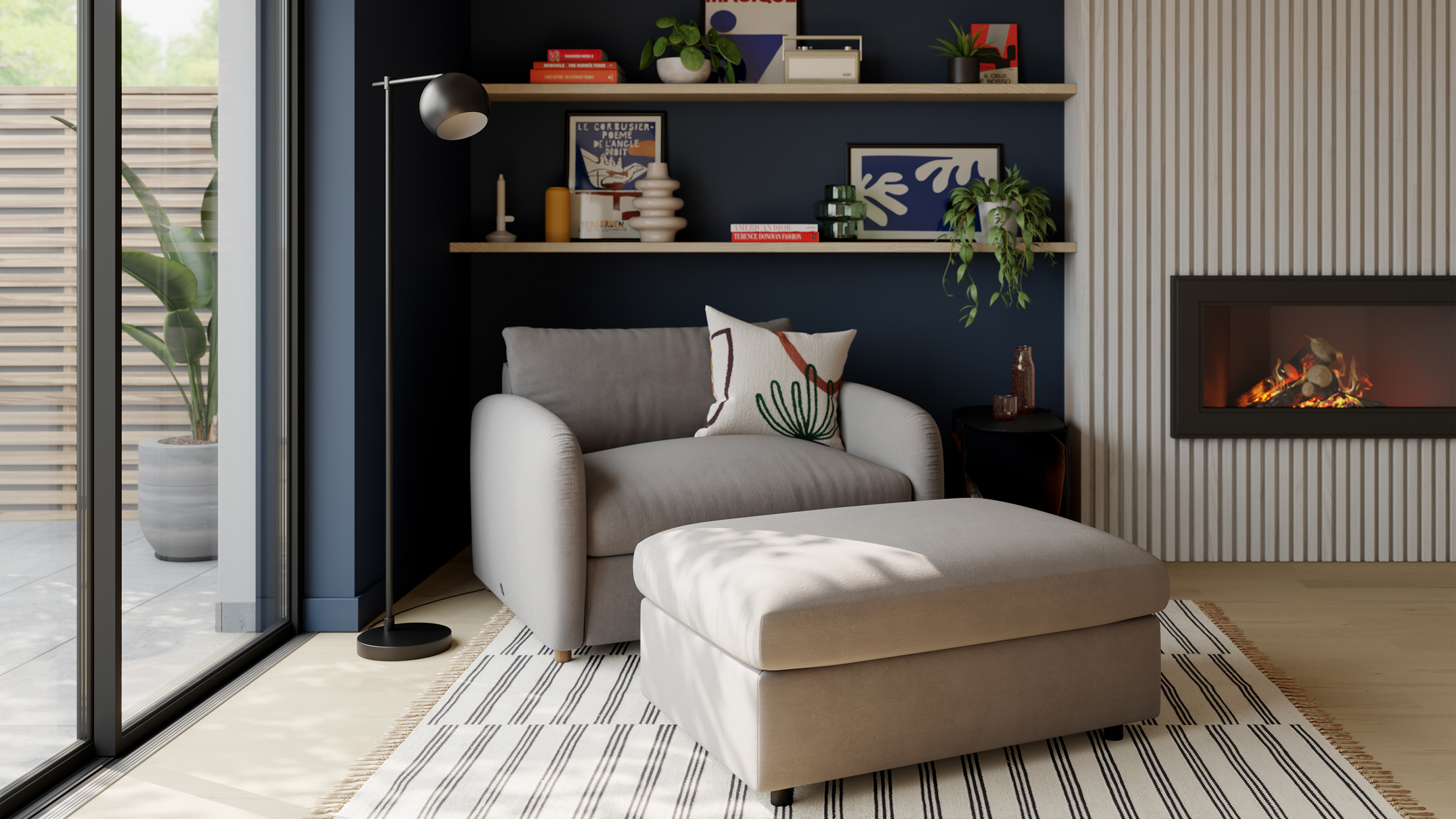
Natasha was Homebuilding & Renovating’s Associate Content Editor and was a member of the Homebuilding team for over two decades. In her role on Homebuilding & Renovating she imparted her knowledge on a wide range of renovation topics, from window condensation to renovating bathrooms, to removing walls and adding an extension. She continues to write for Homebuilding on these topics, and more. An experienced journalist and renovation expert, she also writes for a number of other homes titles, including Homes & Gardens and Ideal Homes. Over the years Natasha has renovated and carried out a side extension to a Victorian terrace. She is currently living in the rural Edwardian cottage she renovated and extended on a largely DIY basis, living on site for the duration of the project.

